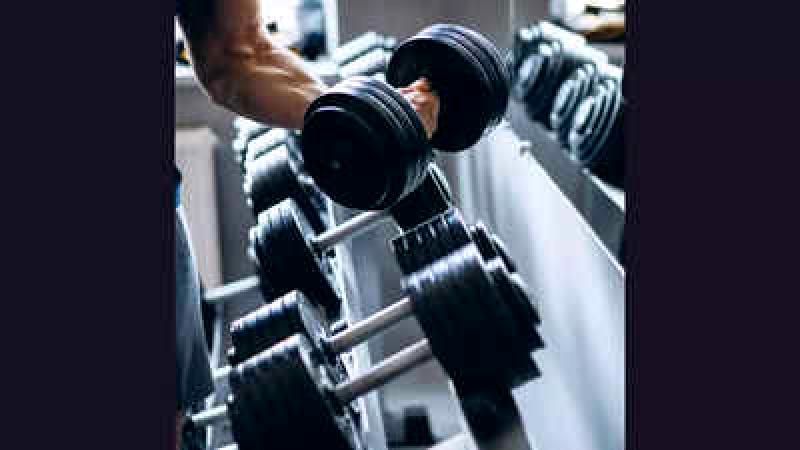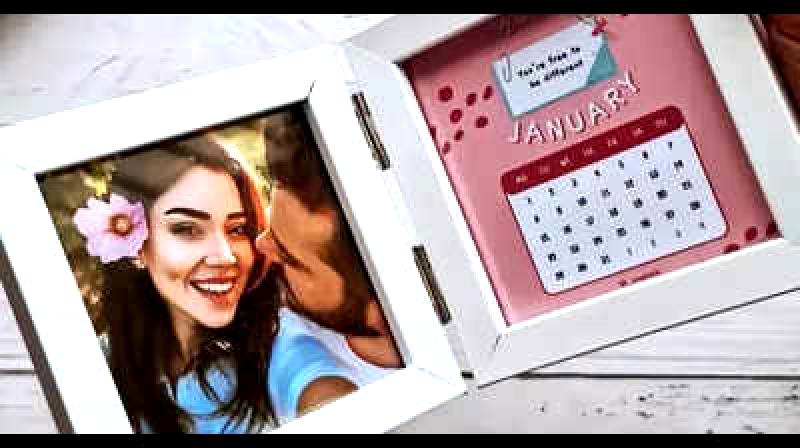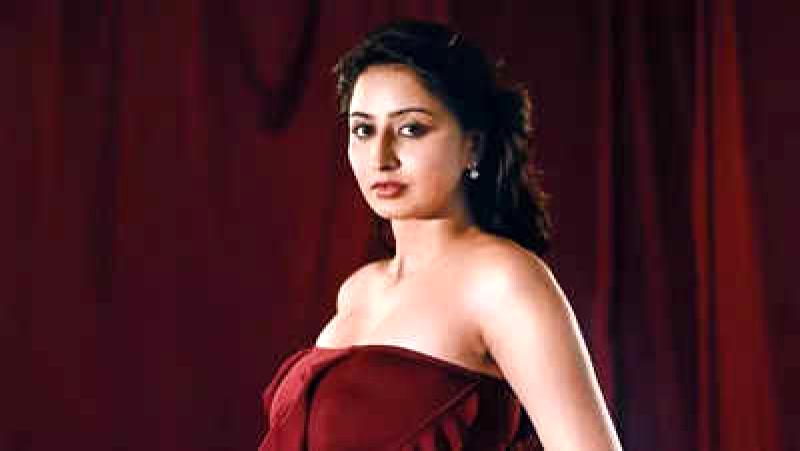
Women in the Kannada film industry are celebrated as 'sheroes' on screen, but off-screen, they face challenges in asserting their space and voice. Despite receiving recognition for their acting, costumes, makeup, and hairstyle, women working behind-the-scenes struggle to access basic facilities like washrooms on film sets. Pay disparity remains a significant issue, reflecting broader systemic challenges in the industry that have slowly begun to shift over the past decade.
Although there has been a notable increase in the number of women working in various roles on film sets, the industry continues to be predominantly male-dominated. Women involved in the industry still encounter everyday sexism as they navigate their professional roles. While some women persevere in the hopes of a brighter future, others have chosen to leave traditional structures behind and pursue independent work.
One particular area where women face challenges is in the makeup industry, which is largely controlled by male 'makeup dadas'. The makeup artistes' association is also male-dominated, perpetuating a patriarchal mindset that undermines the skills and contributions of female technicians. Women in this field often receive lower pay when working through the association compared to independent opportunities. Even when female leads request a specific makeup artiste, they are required to work alongside a man from the association, which can create uncomfortable situations on set.Actresses such as Vydurya Lokesh, a make-up artist, are often overlooked for larger projects, according to a screenplay writer. Producers frequently question if a script is centered around women, perpetuating the belief that women are only suited for smaller, low-budget, or non-mainstream films. This leads to assigning stereotypical genres to women in the industry. The writer also highlights instances of gender bias, such as being asked to add a male director's name to increase box office appeal. Screenwriter and associate director Manasa Sharma emphasizes the need for fundamental changes in the industry to address such challenges. A stylist recounts personal experiences where basic needs, like access to a restroom during long shoots, are not adequately met, leading to women in the industry being seen as demanding. Despite some actresses being in positions to advocate for their teams, they often choose not to in fear of potential complications."We require an increase in female representation to amplify their voices: Female Voiceover Artist. The gender gap is evident as women often have limited dialogue opportunities in movies. Consequently, female dubbing artists have fewer work prospects compared to males. There is a noticeable lack of women-led films in recent times. Additionally, female singers have not had significant solo song releases in a while, with most songs being duets or 'item songs'. It is crucial to have more female voices prominently featured on screen."— Sparsha RK, singer and voiceover artist.











